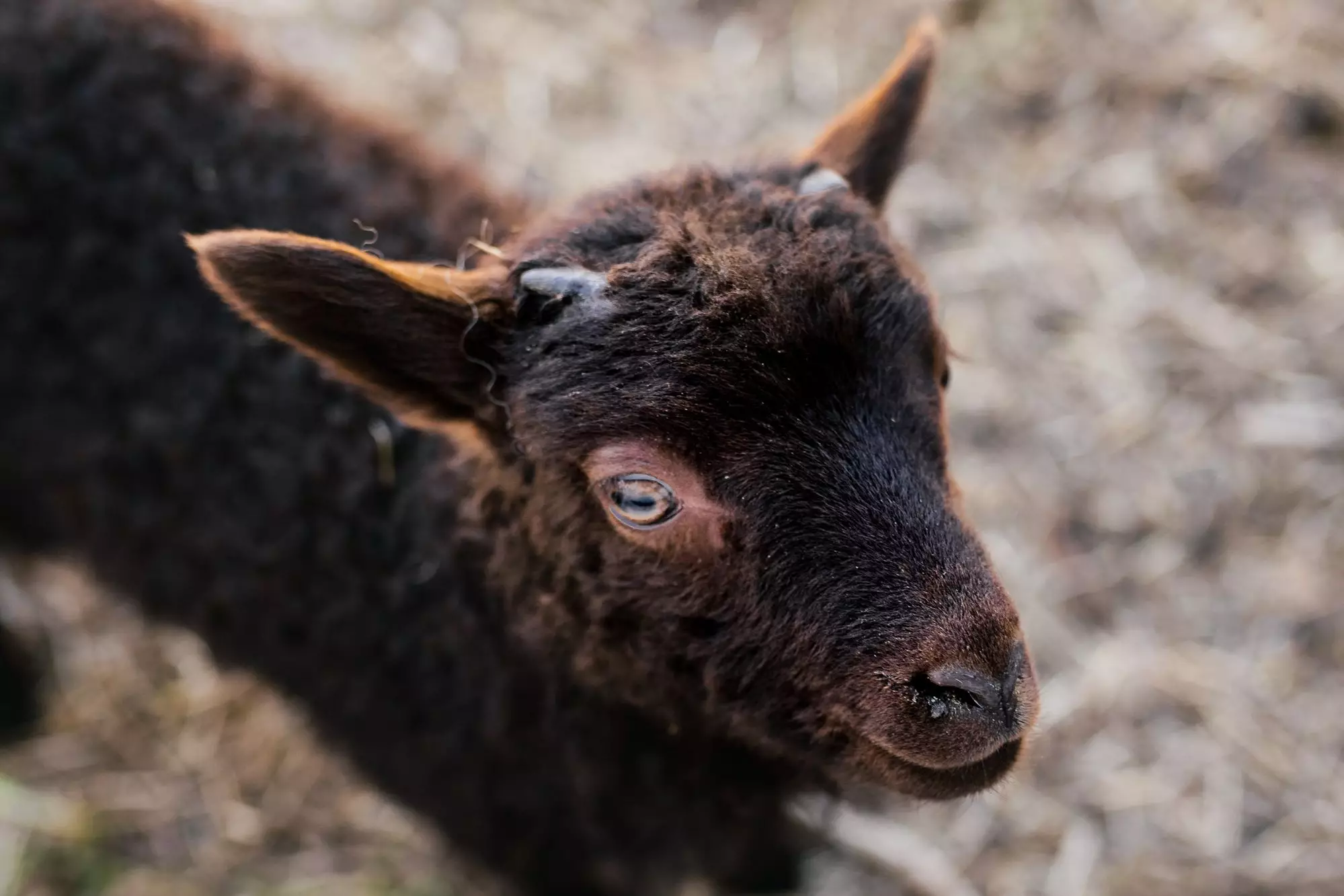Goats have long been admired for their quirky behaviors and endearing personalities. However, the extent of their unique characteristics is just beginning to be understood. Research has revealed that these charming creatures possess qualities that set them apart from not only other livestock but even some mammals traditionally known for their vocal variations, like humans, elephants, and dolphins. This exploration delves into the extraordinary attributes of goats, unveiling an array of facts that make them truly remarkable.
Voices with Distinction: The Accents of Goats
In a groundbreaking revelation, scientists have identified that goats, much like humans, carry distinct accents that evolve over time. This means that as goats age or intermingle with different groups, their vocalizations adapt, mirroring the linguistic changes seen in human communities. This phenomenon is reminiscent of children adopting accents from their peers when they gather at family reunions or summer camps. Such findings challenge the previous view that only a handful of mammal species exhibit regional voice variances, thereby highlighting the cognitive complexities present in goats.
The Daredevils of the Barnyard
Goats are notorious for their climbing abilities, often seen precariously perched on various surfaces. This climbing behavior is a remnant of their evolutionary history, tracing back to wild goats that thrived in steep, rocky landscapes. Their ancestors required strong balance and agility to navigate cliffs and ledges, a skill that modern goats still exhibit. This innate behavior indicates not just their physical capability but also a fascinating aspect of animal evolution, where traits are honed over generations for survival and adaptation.
The Myth of Fainting Goats
The internet loves to share amusing videos of goats that appear to faint when startled, but the truth is even more intriguing. This reaction is exclusive to a breed known as myotonic goats, or Tennessee fainting goats. Contrary to what many might believe, these goats are not truly fainting. Instead, their muscles involuntarily contract and freeze due to a genetic condition known as myotonia congenita, causing them to stay stiff and upright. This condition, often misunderstood, highlights the unique adaptations animals may develop and offers insight into livestock behavior rarely discussed outside of scientific circles.
A goat’s keen vision is perhaps one of its most peculiar traits. Goats possess horizontal pupils that grant them an extraordinary field of vision, allowing them to detect potential predators with impressive speed. Unlike the vertical pupils of carnivorous animals, the horizontal arrangement helps goats survey their environment, giving them a 340-degree panoramic view. This evolutionary feature is crucial for survival, providing them with the necessary awareness to evade threats from the wild. In essence, every aspect of their anatomy serves a purpose directly tied to their survival.
Contrary to the stereotypical portrayal of goats munching on garbage and scraps, these animals are quite particular about their diet. They utilize their highly sensitive mouths to sift through various plants and greens, showcasing a discernment in food selection that rivals even the pickiest of humans. Moreover, goats possess a complex digestive system consisting of multiple stomach chambers that allow them to efficiently process fibrous plant material. The large rumen, for example, can hold an impressive five gallons of food, transforming their feeding habits into a remarkable process of digestion that creates a significant amount of gas. As a result, their digestive health contributes to the overall vigor of goat populations.
One of the most fascinating aspects of goat life is the swift development of their young. Baby goats, affectionately termed “kids,” are capable of standing and walking mere moments after birth. This rapid development stands in stark contrast to human infants, who typically take months to achieve mobility. The early independence of goat kids is essential for their survival in the wild, where the ability to evade predators is critical right from the start.
Switching to goat’s milk can offer numerous health benefits, standing out as a nutritious alternative to cow’s milk. Goat’s milk is reputed to reduce inflammation and promote gut health, making it a desirable choice for many. Moreover, its creamy consistency lends itself well to various culinary applications, making it a favorite for cheese enthusiasts. With its rich flavor and potential health advantages, goat’s milk has secured its place in both dietary and gourmet discussions.
Interestingly, the term “kids,” used to refer to young children, has its roots in the 1500s but traces back to the 1200s when it originally described young goats. This linguistic evolution parallels the significance goats hold in various cultures, often symbolizing fertility and vitality. Furthermore, the captivating vocalizations of goats, which range from melodious bleats to alarming screams, add a layer to their persona that many find both amusing and fascinating.
Goats are far more than mere farm animals; they embody complex traits and behaviors that deserve further exploration. From their nuanced vocalizations and climbing prowess to their unique digestive systems and impressive vision, goats continue to surprise and enchant those who take the time to learn about them. Through examining these attributes, we are reminded of the intricate tapestry of animal life and the beauty of nature’s diversity.

